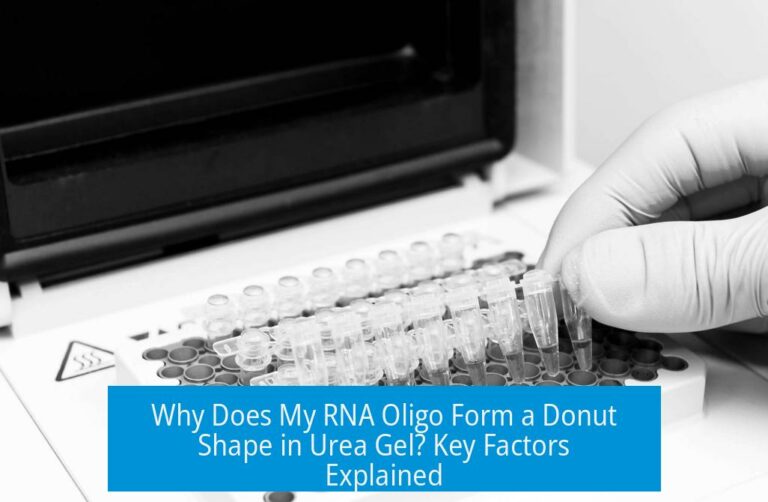Best Substance to Remove Rust from Steel

The best substance to remove rust from steel depends on the context, but hydrochloric acid (HCl) is one of the most effective chemicals due to its ability to convert rust into soluble iron chloride, facilitating easy removal.
How Hydrochloric Acid Works
Hydrochloric acid protonates the oxygen in rust, allowing chloride ions (Cl−) to attack the iron oxide. This reaction produces iron(III) chloride (FeCl3), which dissolves readily in water, bringing rust into solution.
This mechanism explains why solutions like 6M HCl, or diluted muriatic acid (two parts water to one part acid), effectively eliminate rust stains. However, careful rinsing after treatment is crucial to remove HCl residues, preventing accelerated corrosion.
Risks of Using Hydrochloric Acid
- Potential pitting and structural weakening of steel due to chlorine’s corrosive action.
- Possible degradation of stainless steel surfaces beyond rust removal.
- Need for protective equipment due to acid’s corrosiveness and fumes.
Alternative Chemical Treatments
| Substance | Mechanism | Pros | Cons |
|---|---|---|---|
| Oxalic Acid | Chelates iron oxides, dissolving rust. | Less irritating than HCl. | Absorbed through skin; toxic. |
| EDTA (with heat) | Acts as a chelating agent, binding iron ions tightly. | Effective and safer alternative; reduces metal damage. | Requires heat application. |
| Chromic Acid + Sulphuric Acid | Strong oxidizing and dissolving agent. | Highly effective rust removal. | Highly toxic; environmental hazard. |
Physical Methods
Steel wool and manual scrubbing (“elbow grease”) remove surface rust effectively where chemicals cannot reach. These approaches focus on mechanical abrasion rather than chemical dissolution. They work best on deep rust layers.
Other Considerations
- Coca-Cola contains mild acids and may remove light rust stains, but is slow and less effective than dedicated chemicals.
- Laser rust removal is a modern non-chemical method offering precise rust elimination, mainly for industrial applications.
Key Takeaways
- Hydrochloric acid is the most effective chemical but may weaken steel if not carefully managed.
- Oxalic acid offers a less aggressive alternative but is toxic.
- EDTA with heat efficiently chelates rust without heavy corrosion risk.
- Physical abrasion complements chemical rust removal, especially for deep rust.
- Toxicity and safety should guide choice of rust removal substances.
What makes hydrochloric acid effective for rust removal on steel?
Hydrochloric acid protonates rust, allowing chloride ions to break it down into soluble iron chloride. This dissolves rust quickly but requires rinsing away to prevent further corrosion and damage to the steel.
Is oxalic acid safer than hydrochloric acid for rust removal?
Oxalic acid is less irritating to the eyes, but it is toxic through skin absorption. Handle it with care even though it is considered milder than hydrochloric acid.
How does EDTA help in removing rust from steel?
EDTA binds tightly to iron ions, effectively chelating them out of the rust. When heated, it increases the rust removal efficiency without harming the steel structure.
Can physical methods like steel wool remove rust effectively?
Steel wool works well for scrubbing off surface rust and requires manual effort. It is better suited for deep rust removal where chemicals may not penetrate fully.
Are there non-chemical alternatives to remove rust from steel?
Yes, options include laser rust removal techniques and household products like Coca-Cola. These methods vary in effectiveness and are usually for light rust stains or demonstration purposes.





Leave a Comment